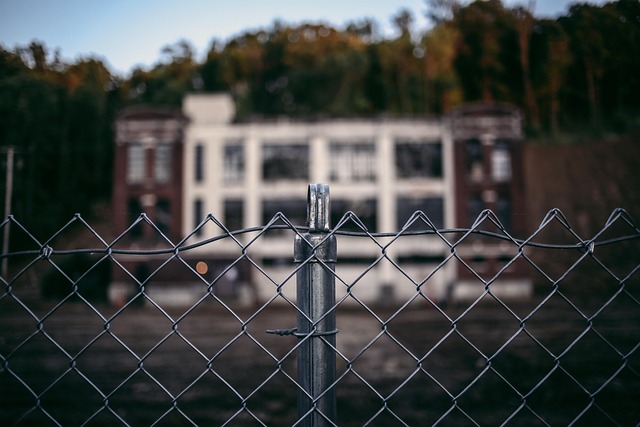Introduction:
Coastal areas present unique challenges for fencing due to harsh weather conditions, salty air, and frequent moisture. This article explores the benefits of durable wooden fencing as a robust and aesthetically pleasing solution for these environments. We’ll delve into understanding specific coastal fencing challenges, highlighting the advantages of long-lasting wood species, providing practical installation and maintenance tips, and discussing how these fences can enhance coastal landscapes without compromising on beauty or strength.
- Understanding Coastal Fencing Challenges
- Benefits of Durable Wooden Fencing
- Choosing the Right Wood Species
- Installation and Maintenance Tips
- Enhancing Coastal Aesthetics with Wooden Fences
Understanding Coastal Fencing Challenges
Coastal areas present unique challenges when it comes to fencing due to their harsh, often harsh marine environments. Strong winds, salty air, and frequent rainfall can take a toll on traditional fencing materials, leading to decay, rot, and premature aging. The need for durable, long-lasting solutions is evident in these regions.
One of the primary considerations when selecting fencing for coastal areas is material longevity. Wooden fences must be made from rot-resistant species like cedar or treated timber to withstand the elements. Additionally, proper installation techniques are crucial; posts should be set deep into the ground and anchored securely to resist strong winds. These challenges demand thoughtful design and robust materials to ensure any fence can endure the coastal climate.
Benefits of Durable Wooden Fencing
Durable wooden fencing offers an array of benefits for coastal areas, providing both functional and aesthetic advantages. One of its key strengths is resistance to the harsh marine environment, including salt air and moisture, which can often cause traditional materials to rot or fade. This longevity ensures that wooden fences in coastal regions remain strong and structurally sound for extended periods, requiring less frequent replacement.
Moreover, these types of fences seamlessly blend with natural landscapes, adding warmth and character to coastal properties. Their customizability allows homeowners and designers to choose from a range of wood species, stains, and finishes, creating unique styles that complement the surrounding environment, from rustic beachside charm to modern contemporary designs.
Choosing the Right Wood Species
When selecting wood for coastal fencing, choosing the right species is paramount to ensure durability and longevity. Different woods have varying resistance to salt spray, moisture, and pests, all of which are prevalent in coastal environments. For instance, treated cedar and redwood are popular choices due to their natural resistance to decay and insects. These woods not only withstand the harsh coastal climate but also maintain their aesthetic appeal over time.
Additionally, considering local availability and sustainability is crucial. Some regions have specific wood types that are better adapted to coastal conditions, reducing transportation costs and environmental impact. Opting for locally sourced, durable woods ensures a robust fence that seamlessly blends with the coastal landscape while minimizing ecological footprints.
Installation and Maintenance Tips
When installing durable wooden fencing in coastal areas, it’s crucial to ensure proper grounding and drainage to prevent damage from high winds and salt corrosion. Begin by preparing a solid foundation, using concrete anchors or driven steel stakes to secure the fence posts. Ensure any gaps between posts are filled with appropriate joint filler to maintain structural integrity. Regular maintenance is key; treat wooden fencing annually with a water-repellent preservative to shield against moisture.
Inspect the fence for signs of rot, rust, or other damage, addressing issues promptly. Keep the area around the fence clear of debris and vegetation to enhance drainage. Annual cleaning with a soft brush and mild detergent removes salt buildup and grime, preserving the wood’s natural beauty and longevity. Remember, regular care ensures your coastal fencing not only stands strong against the elements but also enhances the overall aesthetic appeal of your property for years to come.
Enhancing Coastal Aesthetics with Wooden Fences
Wooden fences have long been a beloved addition to coastal landscapes, offering both functional and aesthetic benefits. Their natural beauty seamlessly blends with the surrounding environment, providing a charming contrast against the vast ocean or tranquil bay. The warm tones and organic textures of wood complement the ever-changing colors of the coastline, creating a visually appealing backdrop for any property.
These fences not only serve as practical boundaries but also contribute to the overall charm and character of coastal communities. Whether it’s a quaint beachside home or a seaside resort, wooden fencing can enhance privacy, deter wildlife, and provide a sense of security while seamlessly integrating with the region’s natural allure.
